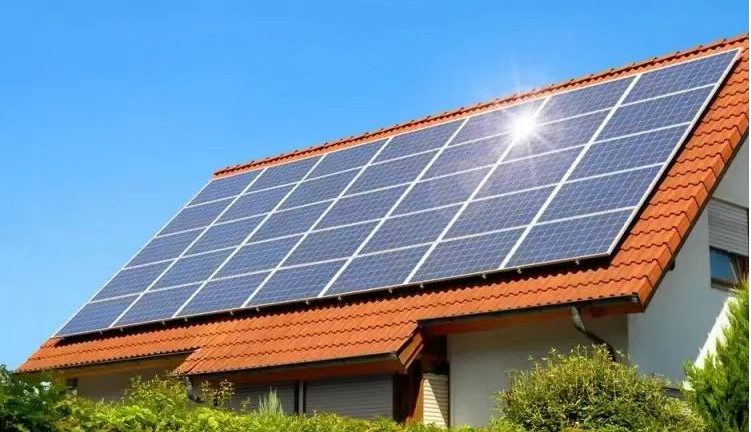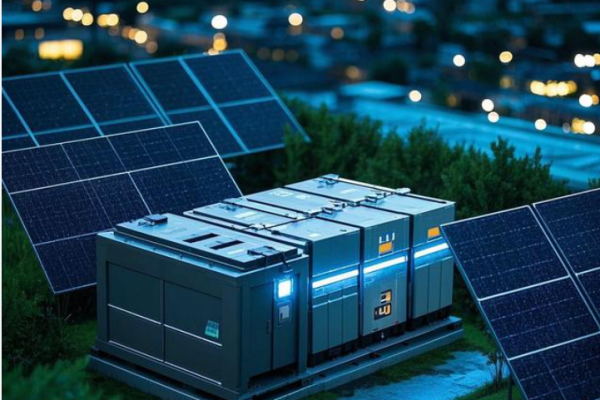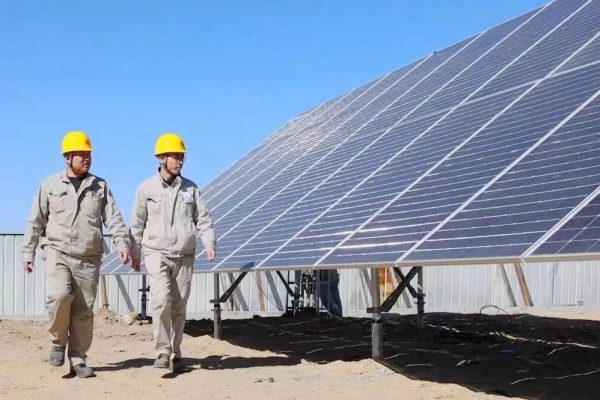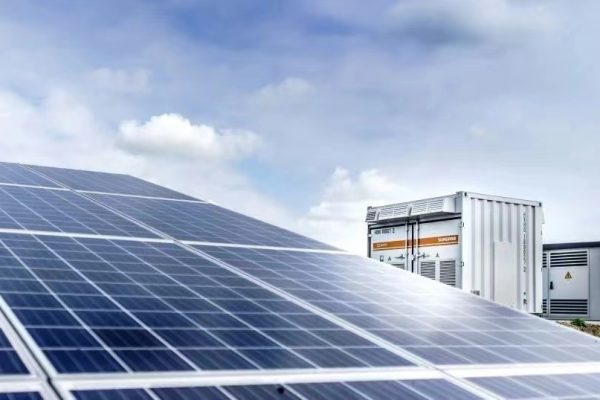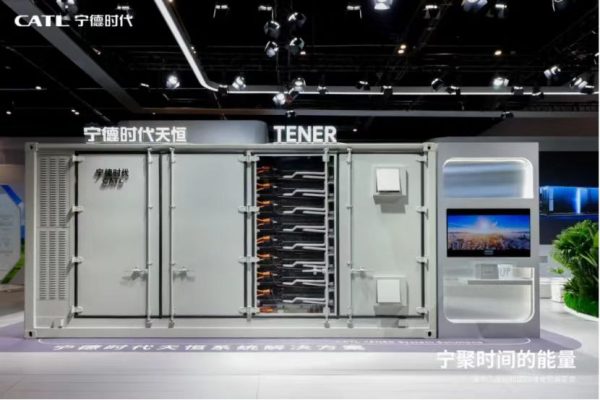For small and medium-sized enterprises (SMEs), energy bills are often one of the most unpredictable and rising costs in business operations. With the growth of solar adoption, many companies are now looking at energy storage systems (ESS) as the next step in controlling expenses and ensuring resilience. But one of the most common questions is simple: can SMEs really afford energy storage, and what do the numbers look like?
In this article, we’ll break down the economics in clear terms, covering system size ranges, payback periods, and financing models that make storage a practical option for SMEs.
Why Storage Matters for SMEs
- Cost Control – By storing excess solar power for evening use, SMEs can reduce grid reliance during peak tariff hours.
- Resilience – Storage provides backup power during outages, which can be critical for operations like retail shops, cold storage, or manufacturing.
- Market Opportunity – Many regions are introducing time-of-use tariffs or demand charges; storage directly offsets these costs.
In short, energy storage is no longer a “luxury” technology—it’s becoming a financial tool for business survival.
Typical System Sizes for SMEs
While every business is different, most SME systems fall in these ranges:
- 20–50 kW / 40–100 kWh → Small shops, restaurants, clinics
- 50–100 kW / 100–250 kWh → Small factories, warehouses, logistics centers
- 100–250 kW / 250–500 kWh → Medium manufacturers, office complexes, hotels
These sizes strike a balance between covering peak loads and avoiding oversizing, which stretches ROI timelines.
Real Numbers: Cost Breakdown
As of 2025, indicative prices for lithium iron phosphate (LiFePO₄)-based systems:
- Battery Pack: $250–$350 per kWh (depending on brand, warranty, cycle life)
- Hybrid/PCS Inverter: $150–$200 per kW
- Balance of System (cables, combiner, BMS, enclosure): ~10–15% of hardware
- Installation & Commissioning: 10–20% of total system cost
Example Calculation – 100 kW / 250 kWh System
- Battery cost: 250 kWh × $300/kWh = $75,000
- Inverter cost: 100 kW × $180/kW = $18,000
- BOS + installation: ~ $15,000
- Total CapEx ≈ $108,000
Payback Scenarios
The key to affordability lies in what the system saves per year.
- Peak Shaving / Tariff Arbitrage
- If peak tariff is $0.25/kWh and off-peak is $0.10/kWh, shifting 150 kWh/day saves:
- (0.25 – 0.10) × 150 × 365 = $8,212/year
- Solar Self-Consumption Boost
- If the SME has a 150 kW PV system generating 500 kWh/day excess, storage can absorb this instead of exporting at $0.05/kWh.
- 500 × (0.18 – 0.05) × 365 = $23,725/year
- Backup Power Value
- Hard to quantify, but for businesses like supermarkets, avoiding a single 4-hour outage (loss of $10,000 in spoiled goods) may justify part of the system cost.
Combined Annual Savings ≈ $30,000–$35,000
- Payback ≈ 3–4 years for a 100 kW / 250 kWh system.
Financing Options for SMEs
- CapEx Purchase: Upfront payment, fastest ROI, suitable for profitable SMEs.
- Lease or Power Purchase Agreement (PPA): Third party owns system, SME pays monthly, no upfront cost.
- Bank Green Loans: Many regions offer low-interest loans for renewable projects.
- Supplier Financing: Some inverter and battery vendors now extend 12–36 month credit terms.
This flexibility makes ESS accessible to SMEs that cannot deploy $100k cash immediately.
Risk Factors SMEs Should Consider
- Warranty Terms – Always check cycle life and replacement coverage.
- Scalability – Start small but ensure the system can expand later.
- Grid Policy – Incentives, feed-in tariffs, or demand charge structures may shift ROI.
- Installer Quality – Poor commissioning can eat up projected savings.
So, can SMEs afford energy storage?
Yes—if it is sized correctly, installed professionally, and aligned with the business’s energy profile.
The numbers show that even mid-sized systems (100 kW / 250 kWh) can achieve payback within 3–5 years under typical tariff structures, with the added benefit of resilience against outages. With financing options becoming more accessible, energy storage is no longer limited to large corporations—it’s a practical tool for SMEs looking to secure their energy future.





